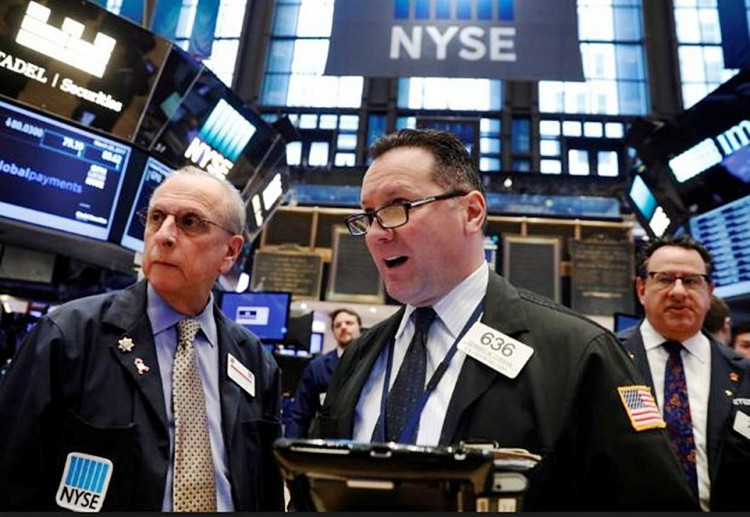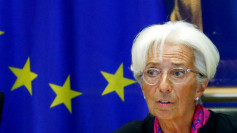A wave of selling swept through Wall Street Monday after China announced retaliatory tariffs on U.S. goods with the Dow Jones Industrial Average tanking more than 600 points or 2.4 percent lower, and with more blood on the horizon set for the rest of the week.
The Dow and S&P 500 had their worst day since Jan. 3, according to Refinitiv. The NASDAQ had its worst day so far this year and saw its biggest one-day drop since Dec. 4, 2018.
The Dow ended the day down 617 points while the S&P 500 fell 2.4 percent and the NASDAQ dropped 3.4 percent. At its lows, the Dow plummeted by as much as 719 points while the S&P 500 and NASDAQ traded lower 2.8 percent and 3.6 percent, respectively, at session lows.
Only one of the Dow's 30 stocks, Procter and Gamble, was positive (by only a dime) at day's end. At the S&P 500, only a few dozen companies moved higher, but most of them were in the utility sector that tends to not react to big broad market moves.
Tech stocks took a beating, especially those sensitive to the worsening U.S.-China trade tensions such as Apple Inc. (which tanked 5.8 percent) and Intel Corporation, which took a fall of 3.1 percent.
The Russell 2000 Index of small-cap stocks slipped into correction territory. It's fallen more than 10 percent from its August 2018 high.
European stocks closed lower across the board. Asian markets also finished in the red, with the Shanghai Composite ending Monday lower by 1.2 percent.
Trump unilaterally escalating his trade war with China after the failure of his trade talks is to blame for the Monday rout, said many analysts.
"I think this is a prelude of things to come," said Phil Blancato, CEO of Ladenburg Thalmann Asset Management. "We should expect more volatility for the foreseeable future."
"This is a clear escalation of trade tensions in our view, and against our baseline that cool heads would prevail and the worst would be avoided," wrote Bank of America strategist Athanasios Vamvakidis in a note to investors.
Alec Young, managing director of global markets research at FTSE Russell, said investors are increasingly worried an anticipated second-half profit rebound may now evaporate as Trump's threat to tariff the remaining $325 billion in Chinese imports will disproportionately target consumer products like iPhones, "thereby posing a greater threat to the consumption-driven U.S. economy."
On May 10, Trump raised tariffs on China to 25 percent from 10 percent on $200 billion worth of imported goods. And on Monday, China announced retaliatory tariffs against the U.S., hitting $60 billion in annual exports to China with new or expanded duties that will reach 25 percent.
China on Monday boasted it will "never yield to external pressure" and is determined to protect its rights, said Geng Shuang, spokesperson for the Ministry of Foreign Affairs.
Trump is preparing to impose higher tariffs on $325 billion worth of Chinese goods.






